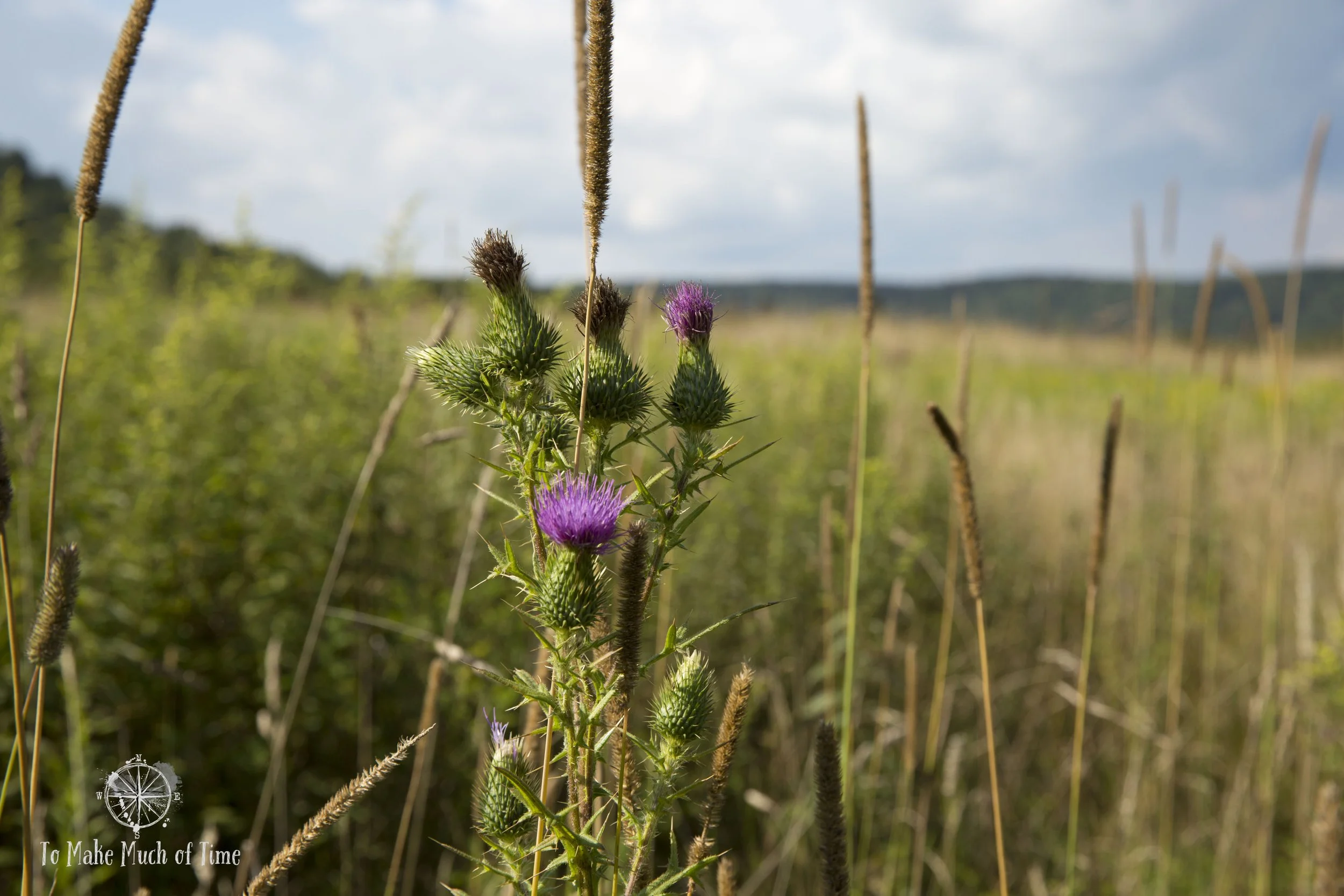Book Review of Braiding Sweetgrass by Robin Wall Kimmerer
Disclosure: This review includes affiliate links. Purchases made through the link provide a small commission to us at no cost to you.
(Click on the image above to purchase the book through Amazon)
book stats:
408 pages, published in 2015
you may enjoy this book if you like:
Memoirs * Non-fiction * Books about the Earth * Books by Native American authors * Books about Ecology
travel inspiration:
Most of this work of non-fiction is set in the Great Lakes region (secondarily) and up-state New York (primarily), two places where Kimmerer has resided; the former of which is also the native land of her ancestors. But this is also an ode to the land and Earth as a whole so place is only as important as the uniqueness of any part of the planet, folded into a greater whole.
about the author: robin wall kimmerer
Robin Wall Kimmerer is an enrolled member of the Citizen Potawatomi Nation, a scientist by training and profession, and a lover of the natural world. Kimmerer resides in Syracuse, New York, where she is a SUNY Distinguished Teaching Professor of Environmental Biology, and the founder and director of the Center for Native Peoples and the Environment. Kimmerer obtained her BS in Botany from SUNY ESF and her Masters and PhD in Botany from the University of Wisconsin. Kimmerer’s native ancestors lived in the Great Lakes region before being removed to reservations in Oklahoma and other parts of the central plains.
In addition to this work, Kimmerer has also written Gathering Moss: A Natural and Cultural History of Mosses (2003). In 2022, Kimmerer was named a MacArthur Fellow.
review of braiding sweetgrass: indigenous wisdom, scientific knowledge and the Teachings of plants by robin wall kimmerer
I listened to the audiobook version of Braiding Sweetgrass: Indigenous Widsom, Scientific Knowledge and the Teachings of Plants, read by the author herself, in what has to be one of the most soothing voices I have ever heard. Combining her voice with the content of the book itself, I found Braiding Sweetgrass to have a meditative quality, relaxing me the same in a way similar to when I listen to audio-guided meditation sessions.
Braiding Sweetgrass is a book that defies a narrow definition: it is some parts memoir, some botany, some ecology, some Native American traditions and culture, some spiritual, and some musings on motherhood, family, and community. The common thread running through all these pieces of Kimmerer’s work is the reciprocal relationship that needs to exist between the Earth and all of its inhabitants, especially humans. A lack of reciprocity erodes and weakens both the planet and the health and well-being of people.
Kimmerer was raised in family traditions and knowledge that differ from my own, and she has sought out her own pursuit of this information as an adult. Her worldview is so very different than the prevailing commercial economy values and virtues and is centered on stories from her Native ancestors. She briefly juxtaposes the ‘Western’ creation story (i.e., Judeo-Christian) of the Garden of Eden with the story of Sky Woman, which is ubiquitous to many Native populations in North America.
From an early age, Kimmerer was interested in the natural world, which in her mind was a combination of beauty and science. In pursuing a formal education in botany, a field still not particularly welcoming to women when Kimmerer began her studies, she discovered that the contemporary scientific community does not allow room for the discussion of beauty, as it breaks the boundary between the studied and the scientist. But it is the very wonder of beauty that also attracts people to the natural world and to what to live in harmony with it. While Kimmerer continued on her path as a scientist, building her career as a professor, she has also cleared her own, unique path that combines the best parts of science, beauty and wonder, and the way in which her ancestors lived both of these truths as they valued a reciprocal relationship between humans and the natural world.
The breadth of stories takes the reader from Kimmerer’s pursuit to clean a pond on her property for her daughters to taking her classroom-bound students on camping trips, where they learn to look at the world around them through new eyes. We learn about the kindness Kimmerer’s mom extended to a neighbor many decades ago as a story about community, and we follow along as the local Native American community confronts a highly polluted, once-sacred lake.
Braiding Sweetgrass takes readers on a winding path that is never predictable, filled with great storytelling, and is sure to change the way readers think about the world around them and their place in it. This has always been important but has a new urgency as our planet’s climate reacts to endless assaults, both big and small. I highly recommend Braiding Sweetgrass to anyone ready to look at the world around them with a new appreciation.
Shortly after reading Braiding Sweetgrass, I read what turned out to be a great companion piece Looking for the Hidden Folk: How Iceland's Elves Can Save the Earth by Nancy Marie Brown. You can read our full review of that work here.
Click on the image below to save this post to Pinterest!
Check out some of our other non-fiction book reviews:





















